The annals of literature are replete with narratives that transport us to other worlds, challenge our perceptions, and illuminate the human condition in all its intricate glory. Yet, beyond the pages of their celebrated works, lie the often equally compelling, and frequently far more tragic, personal stories of the authors themselves. These are the lives that shaped the very epochs they inhabited, their individual struggles and triumphs indelibly etched into the collective consciousness, their genius a beacon against the temporal.
We are often drawn to the enigma of creation, but equally captivated by the mystery of endings. For many literary legends, the curtain fell abruptly, sometimes bizarrely, leaving behind a legacy not only of words but also of unanswered questions surrounding their final moments. These departures, far from diminishing their stature, often serve to underscore the profound depth of their artistry and the intensely personal nature of their creative endeavors, marking, in a sense, the cessation of specific literary currents or the poignant closing of an era.
In this extensive exploration, we embark on a journey through the lives of thirteen such authors, figures whose contributions to the literary canon are undeniable, but whose deaths add a somber, often perplexing, dimension to their biographies. Their stories remind us that the vibrant worlds they built were often forged in the crucible of their own pain, their vulnerabilities laid bare in the face of mortality. We begin with seven of these iconic voices, whose final acts remain as captivating as their most enduring prose.

1. **Edgar Allan Poe: The Shadow of Madness and an Unsolved Demise**Edgar Allan Poe, a name synonymous with the gothic, pioneered a literary aesthetic long before the term was widely understood. His works, steeped in themes of death, madness, and the supernatural, offered a chilling reflection of his own profoundly tragic existence. Orphaned at a young age, Poe was subsequently raised by a prominent, affluent family, a beginning that belied the darkness that would ultimately consume his later years.
“Lord help my poor soul” were his last reported words. The death of his young wife, Virginia, from tuberculosis in 1847, was a pivotal tragedy, casting Poe into an abyss of despair and alcoholism. Virginia, married to Poe at the tender age of thirteen, had been a fragile anchor in his tumultuous life. Her loss plunged him into a spiral from which he never truly recovered, driving him into the dim, often squalid, corners of liquor taverns, seeking an escape from his profound grief and loneliness.
By 1849, Poe’s condition had deteriorated severely; he was frequently observed in a state of delirium, clad in clothing that was not his own, unable to coherently recount the circumstances that led him to such a state. The specifics of his death, on October 7th, remain shrouded in mystery, a macabre puzzle befitting the master of the macabre himself. While some posit alcohol poisoning as the cause, others have suggested the terrifying possibility of rabies. This enduring ambiguity ensures that Poe’s passing remains one of literature’s most perplexing and enigmatic farewells.
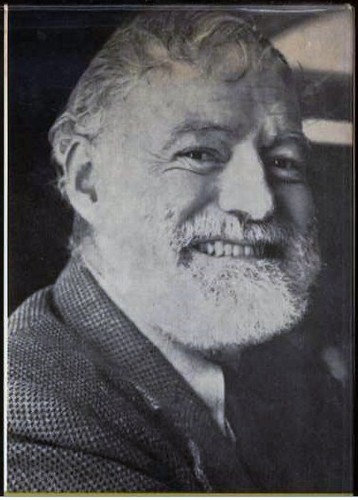
2. **Ernest Hemingway: The Weight of an Adventurous Soul**Ernest Hemingway, a colossus of 20th-century American letters, crafted a distinctive minimalist prose that captured the rugged essence of modern life and adventure. His iconic works, including “For Whom the Bell Tolls,” “A Farewell to Arms,” and “The Old Man and the Sea,” cemented his status as a literary titan. Yet, beneath the veneer of adventurous living and literary triumph, lay a deeply troubled psyche that would ultimately dictate his tragic end.
“Goodnight, my kitten” were the last words he reportedly uttered. Hemingway grappled with severe depression for much of his adult life, a battle exacerbated by his pervasive reliance on alcohol. His infamous quip, “Write drunk, edit sober,” offered a glimpse into his creative process, but also hinted at the internal struggles that shadowed his genius. Beyond the mental anguish, he also contended with a host of physical ailments, most notably liver damage, a direct consequence of his heavy drinking.
Adding to his burdens was a harrowing family history of suicide, a dark thread woven through generations. His father, brother, and sister were among a total of seven family members who tragically took their own lives, all suffering from the pervasive grip of depression. This inherited vulnerability, coupled with his personal demons, created an unbearable pressure.
On a fateful night in 1961, after bidding his wife goodnight, he retreated to clean his gun. His body was discovered in the foyer, his death initially declared accidental, though his family recognized it as a suicide. His passing was significant enough to merit an obituary on the front page of The New York Times on July 3, 1961, a testament to his monumental impact.

3. **Leo Tolstoy: The Paradox of Renunciation and a Quiet Exit**Leo Tolstoy, celebrated as one of the greatest Russian novelists, left an indelible mark on global literature with masterpieces like “War and Peace” and “Anna Karenina.” Despite the towering success of his literary career, his final decade was marked by profound internal conflict and intense personal upheaval. Born into immense wealth and aristocracy, Tolstoy underwent a radical spiritual transformation in his later years, choosing to renounce his privileged status in favor of a life of stark simplicity.
“But the peasants…how do the peasants die?” he reportedly queried in his final moments. This profound philosophical shift, however, created an irreconcilable chasm between him and his wife, Sophia. Their values diverged dramatically, sparking a series of increasingly bitter disagreements that ultimately fractured their long-standing relationship. Tolstoy’s yearning for a life unencumbered by material possessions and societal expectations was deeply at odds with Sophia’s perspectives, leading to an agonizing estrangement within their grand household.
In a final, poignant act of seeking solace and true alignment with his beliefs, Tolstoy quietly departed from the comforts of his mansion in the dead of night. He sought refuge in the humble environs of a small stationmaster’s house, an understated setting for the final moments of such a towering figure. It was there, away from the complexities of his former life, that this literary giant ultimately succumbed to heart failure, his quiet death echoing the profound simplicity he had so desperately sought.
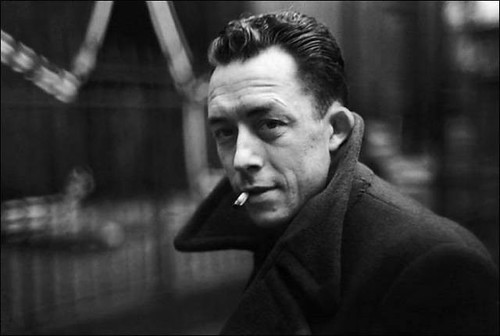
4. **Albert Camus: The Absurdist’s Sudden Silence**Albert Camus, the luminary of absurdism, captivated the intellectual world with his profound explorations of existential themes, persistently questioning the inherent purpose and meaning of human existence. His seminal works, including “The Stranger,” “The Myth of Sisyphus,” and “The Plague,” established him as a cornerstone of 20th-century philosophy and literature. His brilliance was recognized globally when, at the remarkably young age of 44, he was awarded the Nobel Prize in Literature, one of the youngest recipients in its history.
“Good. Last letter. Just to tell you that I arrive Tuesday … Soon, my Superb,” were his final recorded words. The life of this prodigious thinker was tragically cut short in 1960 by a car accident. Camus had initially intended to travel to Paris by train, a choice that might have altered history, but accepted an invitation from his publisher, Michel Gallimard, to journey by car. The decision proved fatal when Gallimard lost control of the vehicle, crashing violently into a tree. Camus died instantly at the scene, while Gallimard lingered for a few days before succumbing to his injuries in the hospital.
What renders Camus’s death particularly perplexing, even decades later, are the persistent theories suggesting the accident was no mere random misfortune. A compelling claim emerged in 2011 from a scholar, alleging that the KGB, the Soviet Union’s principal security agency, may have orchestrated his assassination. This theory posits that Camus’s outspoken criticisms of Soviet repression had incited their wrath, leading them to sabotage the vehicle. This claim, backed by considerable argument, frames his death as a possible political assassination by Russian spies, transforming a tragic accident into an enduring unsolved mystery: was it fate, or was it a deliberate act of elimination?

5. **Virginia Woolf: The Weight of the Waves**Virginia Woolf, an incandescent figure in English literature, was not only a pioneer of the stream-of-consciousness narrative but also an early voice in feminist thought, profoundly reshaping the literary landscape. Her celebrated novels, “Mrs. Dalloway,” “To the Lighthouse,” and “A Room of One’s Own,” explored the inner lives of women with unprecedented depth and psychological acuity. Yet, behind this formidable intellect and artistic output, lay a lifelong struggle with profound mental illness, specifically bipolar disorder and recurrent bouts of severe depression.
“I don’t think two people could have been happier than we did,” she wrote in her farewell letter, a poignant testament to her marriage. The relentless pressures of her mental health, exacerbated by the global turmoil of World War II and the destruction of her London home, pushed her to the brink. Despite the unwavering support of her husband, Leonard Woolf, the darkness proved too pervasive. On March 28, 1941, in a heart-wrenching act of finality, Woolf penned poignant farewell letters to Leonard and her sister, Vanessa Bell, expressions of deep love and despair.
Following these farewells, she walked to the nearby River Ouse, a familiar landscape near her home in Sus. There, she filled her pockets with heavy stones, a deliberate gesture to ensure her submersion, and waded into the cold, unforgiving water. Her body was tragically discovered three weeks later, a somber end to a life marked by both extraordinary brilliance and profound suffering, leaving a void in the literary world that continues to be felt.

6. **Sylvia Plath: The Conflagration of Genius and Despair**Sylvia Plath, a poet and novelist of extraordinary talent, possessed a unique ability to transmute her intense personal suffering into rich, confessional verse. Her work, characterized by its raw honesty and piercing insight into mental illness, remains a cornerstone of modern poetry. Yet, it is a sad irony that her turbulent personal life, rather than the profound artistry of her poems, often dominates discussions of her legacy, overshadowing the intricate beauty and heartbreaking power of her literary contributions.
“The appeal to heaven breaks off. The petals begin to fall, in self-forgiveness. It is a flower. On this mountainside it is dying,” were reportedly some of her final poetic musings. Plath’s personal narrative was indeed fraught with intense emotional volatility. Her marriage in 1956 to the British poet Ted Hughes initially appeared to be a union of two literary titans, a relationship seemingly ablaze with love and intellectual synergy. However, this period of “rainbows and butterflies” proved tragically brief. Hughes’s infidelity, an open secret involving numerous women, shattered Plath’s already fragile emotional state.
The dynamic between these two literary figures was complex, with both writing extensively about each other, their lives entwined in a public and private drama. While Hughes was a celebrated writer, the context reveals him to have been a deeply flawed husband, described in Plath’s own letters as abusive, leading to a miscarriage of their second child. His womanizing and physical and mental abuse inflicted immense pain.
The ultimate catalyst for Plath’s final descent was his affair with Assia Wevill, another writer, a betrayal that consumed her in an unyielding grief. On February 11, 1963, at the tragically young age of 30, Sylvia Plath took her own life. She meticulously sealed her kitchen with wet towels, turned on the gas oven, and laid her head inside, succumbing to carbon monoxide poisoning—a chillingly deliberate act born of an unbearable sorrow.

7. **Christopher Marlowe: A Spy’s Shadow and a Fatal Tavern Brawl**Christopher Marlowe, a towering figure in Elizabethan drama, stood as William Shakespeare’s most significant contemporary, his brilliance in playwriting and poetry rivaling that of the Bard himself. Like Shakespeare, Marlowe penned works for the flourishing theater scene of his era, but his life was far more complex than that of a mere literary figure. He was widely believed to have served as a spy for Queen Elizabeth I’s government, adding an intriguing, dangerous layer to his public persona.
His alleged last words, “O, no end is limited to damnèd souls,” speak to his provocative spirit. Marlowe was known for his defiant spirit, often flouting societal conventions and legal strictures. His atheistic beliefs and instances of blasphemy frequently brought him into conflict with authorities, landing him in prison on multiple occasions. It was this volatile existence that culminated in his premature and mysterious death.
In 1593, a mere two weeks after his release from prison on bail, Marlowe was killed in a perplexing altercation at a tavern in Deptford. The official reports stated that Marlowe was stabbed just above the eye during a quarrel with Ingram Frizer. Despite the violent nature of his death, no one was ever charged with his murder, and the incident was officially dismissed as a common tavern brawl.
However, contemporary scholarship offers a far more sinister interpretation. Claims persist that Marlowe’s death was no accident, but rather an assassination orchestrated by the Queen’s Privy Council, theorizing that he had uncovered secrets deemed too dangerous to live. This enduring conspiracy theory transforms his death into a chilling footnote in history, making him a literary figure whose final act remains shrouded in political intrigue and unanswered questions.
Our exploration into the profound and often perplexing final acts of literary giants continues, peeling back the layers of circumstance and speculation that define their enduring place in the collective memory. These authors, much like those before them, experienced departures that were as singular and impactful as the works they left behind, further cementing their mythical status within the tapestry of world literature. As we delve into the next six figures, we find ourselves confronted with deaths that range from the bizarrely accidental to the tragically deliberate, each contributing to the rich, complex narrative of lives dedicated to the written word.
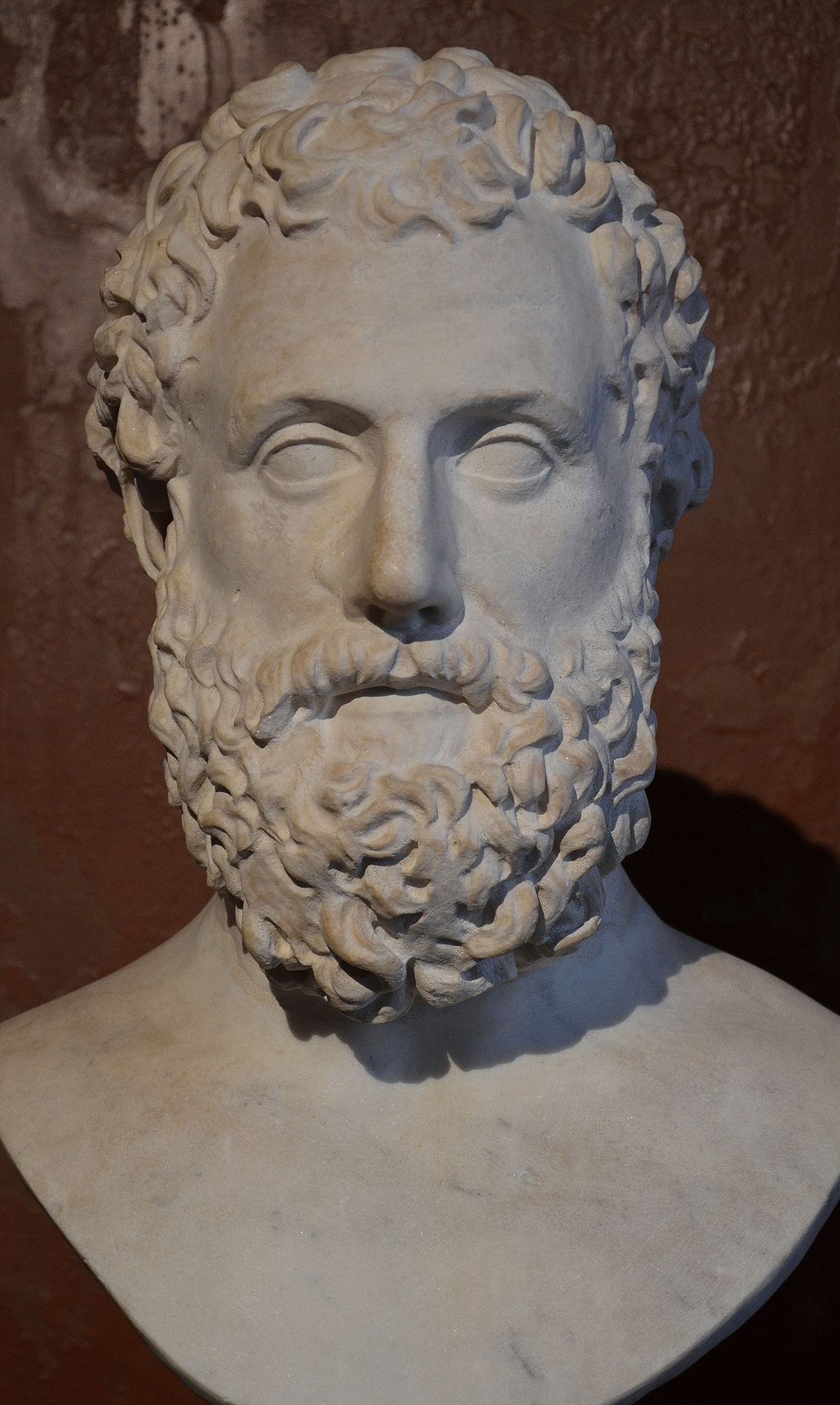
8. **Aeschylus: The Fabled Demise of the Father of Tragedy**Aeschylus, an ancient Greek philosopher and playwright, earned the venerable title of ‘The Father of Tragedy.’ His profound contributions to the nascent art form of drama are undeniable; he penned over ninety plays, though only a precious seven, including the renowned *The Oresteia* and *Prometheus Bound*, have withstood the ravages of time and inadequate preservation. His theatrical innovations, such as the groundbreaking introduction of a second actor on stage, irrevocably shaped the future trajectory of dramatic storytelling, laying the very groundwork for what we recognize as modern theater.
Yet, despite his immense literary and theatrical legacy, Aeschylus is perhaps most famously, and oddly, remembered for the utterly bizarre circumstances of his death. It remains one of history’s most unusual and storied demises, a tale that borders on the mythical. Legend dictates that this titan of tragedy was killed not by illness or human malice, but by an eagle.
The story recounts that an eagle, soaring high above, mistook Aeschylus’s bald scalp for a rock. In a primal instinct to crack open the shell of a tortoise it carried, the bird dropped its unfortunate prey directly onto the playwright’s head. This utterly improbable, almost comical, accident tragically claimed the life of one of antiquity’s most revered minds, transforming his passing into a narrative as dramatic as any of his plays and ensuring his name would be recalled not just for his art, but for this extraordinary final moment.
Read more about: Fatal Encounters: 11 Famous Lives Unexpectedly Ended by the Animal Kingdom

9. **Tennessee Williams: A Slow Descent into Silence**Tennessee Williams stands as one of the 20th century’s most iconic American playwrights, his works like *A Streetcar Named Desire* and *Cat on a Hot Tin Roof* searing themselves into the cultural consciousness. Beyond the footlights and critical acclaim, however, Williams wrestled with a profound personal anguish, characterized by battles with depression, debilitating addiction, and the crushing weight of personal losses, notably the sad demise of his beloved sister. This constellation of internal and external pressures led him to feel increasingly isolated in his later years, a poignant paradox for an artist whose plays spoke to universal human experience.
As the years advanced, Williams found himself progressively ensnared by the twin specters of alcohol and drugs, substances he used to dull the persistent edge of his suffering. This reliance took a severe toll on his physical well-being, his heart declining under the strain, and concurrently, his mental state deteriorated, marked by an escalating paranoia that further alienated him from the world. His final years were a harrowing testament to a genius grappling with an unraveling self.
Among the many fiction authors whose lives ended mysteriously, Tennessee Williams’ narrative is often regarded as one of the most heartbreaking. On February 25, 1983, at the age of 71, he was discovered deceased in his New York hotel room. Official reports concluded that he choked on a bottle cap from his eye drops, an accident exacerbated by his heavy intoxication from both alcohol and drugs. His death, therefore, was not a sudden, unforeseen tragedy, but rather the grim, quiet culmination of a protracted and agonizing descent into self-destruction, a final, somber act in a life replete with dramatic intensity.

10. **Li Bai: The Poet’s Embrace of the Moon**Li Bai, celebrated as one of China’s most illustrious poets of the Tang Dynasty, carved out a legacy adorned with romantic verses such as *Drinking Alone by Moonlight* and *Sorrow Untold*. His life, as illuminated by his own poetry and subsequent folklore, was deeply intertwined with three profound passions: the ethereal glow of the moon, the convivial warmth of wine, and the sublime art of poetry itself. These elements are not merely themes in his work, but were reportedly central to the very fabric of his existence.
The most enchanting and widely circulated account of his death, one that has captivated the popular imagination for centuries, speaks to the very essence of his poetic soul. According to this popular folklore, Li Bai, in a moment of profound, perhaps wine-fueled, poetic reverie, drowned while attempting to embrace the moon’s shimmering reflection in the mighty Yangtze River. It is a death befitting a romantic, a poignant image of a poet reaching for the unattainable beauty he so ardently celebrated in his verses.
However, alongside this romanticized legend, a more prosaic, yet equally intriguing, counter-narrative exists. Many scholars and historians argue that his death was not a whimsical accident born of poetic abandon, but rather a tragic consequence of political intrigue. This theory posits that Li Bai was executed due to his purported involvement in a failed rebellion, suggesting a far more grounded, and perhaps sinister, end. This enduring dichotomy—between ethereal romance and harsh political reality—adds yet another layer of mystique to the life and death of China’s great poet.
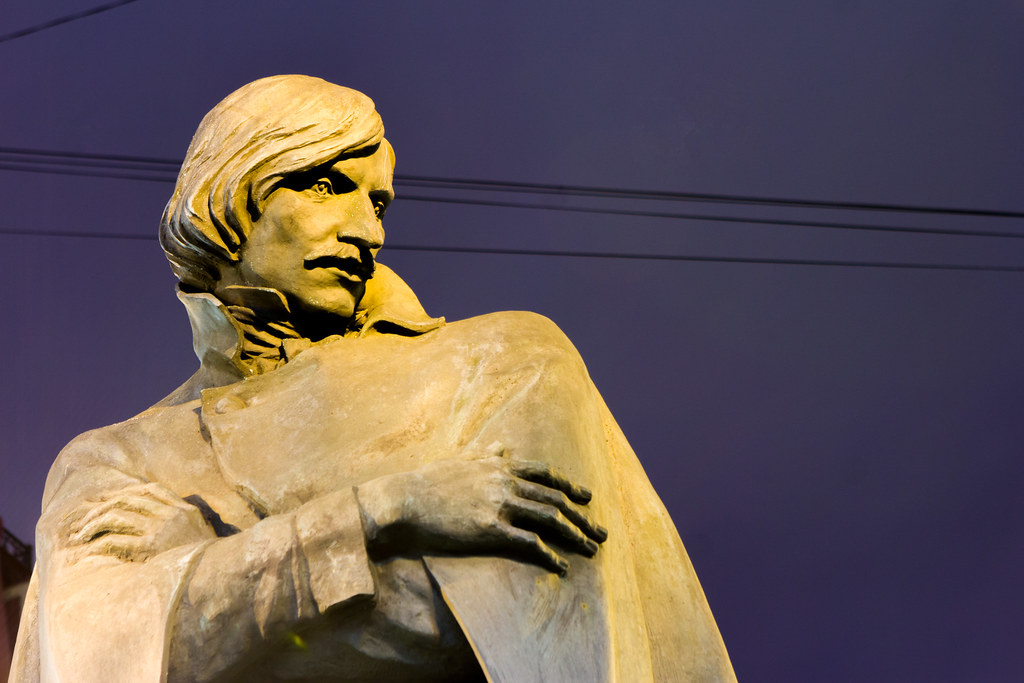
11. **Nikolai Gogol: The Horrors of Guilt and Medical Misfortune**Nikolai Gogol stands as one of Russia’s most influential literary figures, his works—including *Dead Souls*, *The Overcoat*, and *The Nose*—renowned for their incisive satire and often surreal critiques of Russian society and bureaucracy. His unique narrative voice and thematic depth were so profound that even Fyodor Dostoevsky is believed to have been deeply inspired by Gogol’s literary contributions, recognizing in them a foundational element of Russian literary realism.
Yet, behind this brilliant literary facade lay a deeply chaotic and tormented personal life, characterized by an intense devotion to both literature and his fervent religious beliefs. It was this potent combination that proved to be his undoing, triggered by a fanatical priest who convinced Gogol that his prolific writings were inherently sinful. Overcome by an all-consuming guilt, Gogol embarked on a devastating path of withdrawal from the world, ceasing to eat and plunging into a suffocating depression that clouded his final days.
In an act of profound despair and self-destruction, he shockingly set fire to the manuscript of the second part of his magnum opus, *Dead Souls*, effectively destroying years of meticulous creative effort. This was swiftly followed by a nine-day fast that ultimately led to his demise. The circumstances were further complicated by the truly bizarre and horrifying attempts of his doctors to “cure” him; these included forced-feeding, pouring a bucket of hot water on his head, applying half a dozen leeches to his nose, and even, gruesomely, shoving soap up his anus. The macabre narrative extends even beyond his death, with unsettling reports of his coffin showing signs that he may have been buried alive—his corpse allegedly found turned over, with scratch marks adorning the lid, cementing his death as one of literature’s most tragic and disturbing.

12. **David Foster Wallace: The Silent Weight of Depression**David Foster Wallace, a towering figure in contemporary American literature, left an indelible mark with his expansive and intellectually challenging novels, most notably *Infinite Jest*. This seminal work, widely regarded as one of the most-read books ever, has sold over a million copies worldwide, captivating readers with its deep exploration of addiction and the complex search for meaning in the labyrinthine landscape of modern life. His prose, marked by its erudition and self-awareness, captured the anxieties and paradoxes of an entire generation.
Despite his monumental literary success and the intellectual rigor of his writing, Wallace wrestled with severe depression for the vast majority of his adult life. A silent, persistent adversary, this mental illness shadowed his prodigious talent, requiring him to rely on antidepressants since his twenties. For many years, this medication offered him a fragile yet crucial equilibrium, allowing him to manage the debilitating grip of his condition and continue his prolific output.
However, a pivotal and ultimately tragic decision in 2007 saw him discontinue his medication due to its adverse side effects. The withdrawal, as might be anticipated, proved utterly devastating, unleashing his depression with a renewed, overwhelming force. The fragile peace he had maintained for so long shattered, leaving him vulnerable to the insidious darkness he had fought for decades.
On September 12, 2008, at the age of 46, David Foster Wallace tragically took his own life by hanging. In a poignant testament to his meticulous nature and enduring dedication to his craft, he left behind a lengthy suicide note and carefully arranged the manuscript for *The Pale King*, his unfinished novel, which was subsequently published posthumously. His death serves as a stark reminder of the often-hidden struggles that even the most brilliant minds contend with, tragically illustrating the profound human cost of unrelenting mental illness.
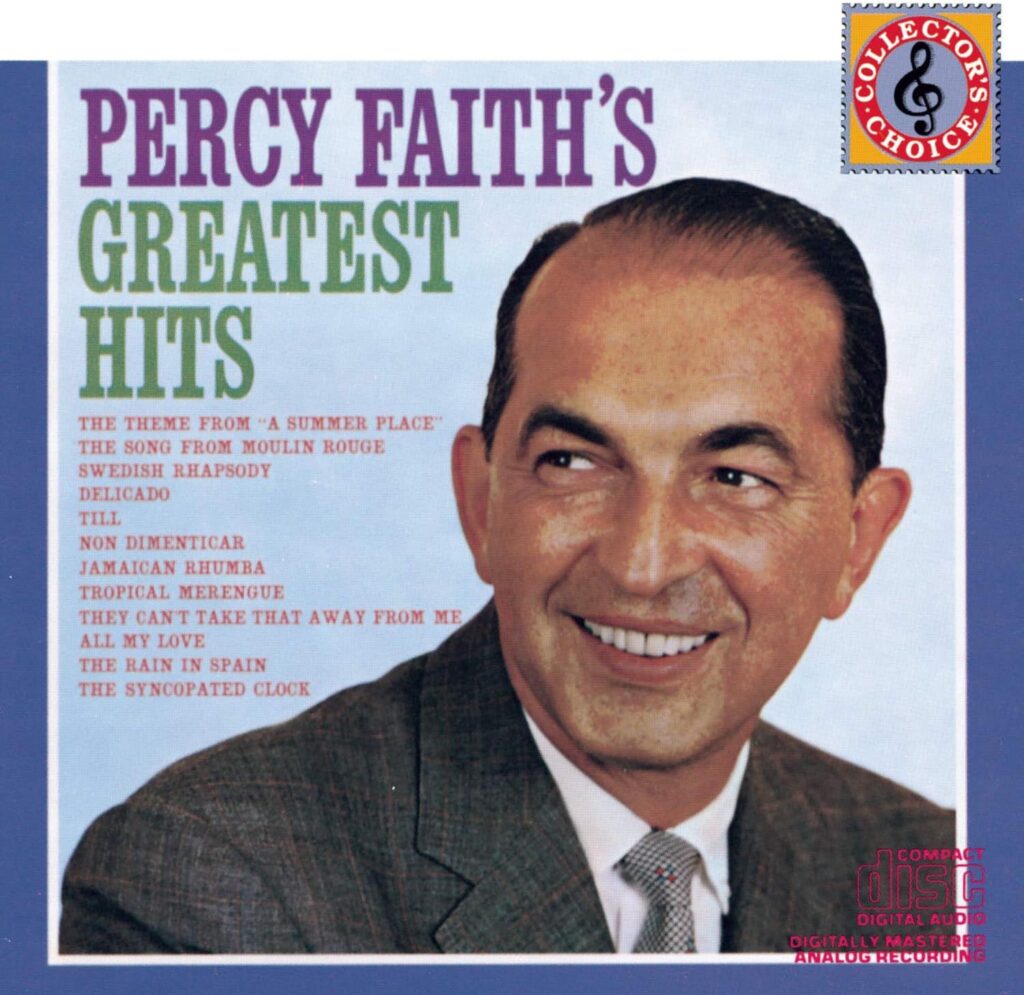
13. **Percy Bysshe Shelley: The Romantic’s Tempestuous Farewell**Percy Bysshe Shelley, heralded as one of the most celebrated poets of the Romantic Era, embodies the very spirit of his time: a radical thinker, a passionate idealist, and a wordsmith of unparalleled lyricism. Born into an aristocratic family, he received an elite education from expensive tutors and attended the prestigious Oxford University, a background that nevertheless failed to temper his defiant spirit against societal norms and governmental political views. His enduring masterpieces, including *Ozymandias*, *Prometheus Unbound*, and *To a Skylark*, continue to resonate as pinnacles of poetic achievement.
Shelley’s personal life, much like his poetry, was marked by tempestuous passions and profound tragedy. His elopement with Mary Godwin, who would later become Mary Shelley—the visionary author of *Frankenstein*—was a scandalous affair, particularly as it led to the heartbreak and subsequent suicide of his first wife, Harriet. Mary herself was reportedly riddled with guilt over Harriet’s death, a heavy shadow cast over their union. Further compounding their sorrow, Percy and Mary faced the agonizing loss of three of their four children to various diseases, imbuing their lives with an almost unbearable emotional intensity.
It was against this backdrop of personal upheaval and poetic brilliance that Shelley met his own unusual and premature end. In 1822, just shy of his 30th birthday, while sailing off the picturesque coast of Italy, a sudden and violent storm engulfed his boat, the *Don Juan*. The vessel capsized in the rough, unforgiving waters, claiming the life of the young poet. His body was later found washed ashore, a somber discovery that sealed his fate as a quintessential tragic Romantic figure.
Shelley’s death, at such a vibrant stage of his career, undeniably contributes to his mythical allure, transforming him into an eternal symbol of youthful genius extinguished too soon, his life a vivid, albeit brief, blaze against the vast canvas of literary history. It is a poignant, almost poetic, conclusion to a life lived with fervent intensity, forever entwined with the sublime power of nature and the profound depths of human emotion.
These authors, each a titan in their own right, collectively remind us that the human story, in all its fragility and grandeur, is often mirrored in the lives of those who articulate it best. Their departures, whether shrouded in mystery, marred by illness, or punctuated by tragedy, serve not as endings, but as profound punctuation marks, forever shaping the interpretation of their words and ensuring their immortality within the annals of literature. Their unique exits, far from diminishing their stature, amplify the resonance of their extraordinary contributions, inviting us to reflect not only on what they wrote, but on the profound, often painful, human experience that forged their genius. The literary period they inhabited may have ceased, but their voices, echoing through time, remain a vibrant, unforgettable chorus.




